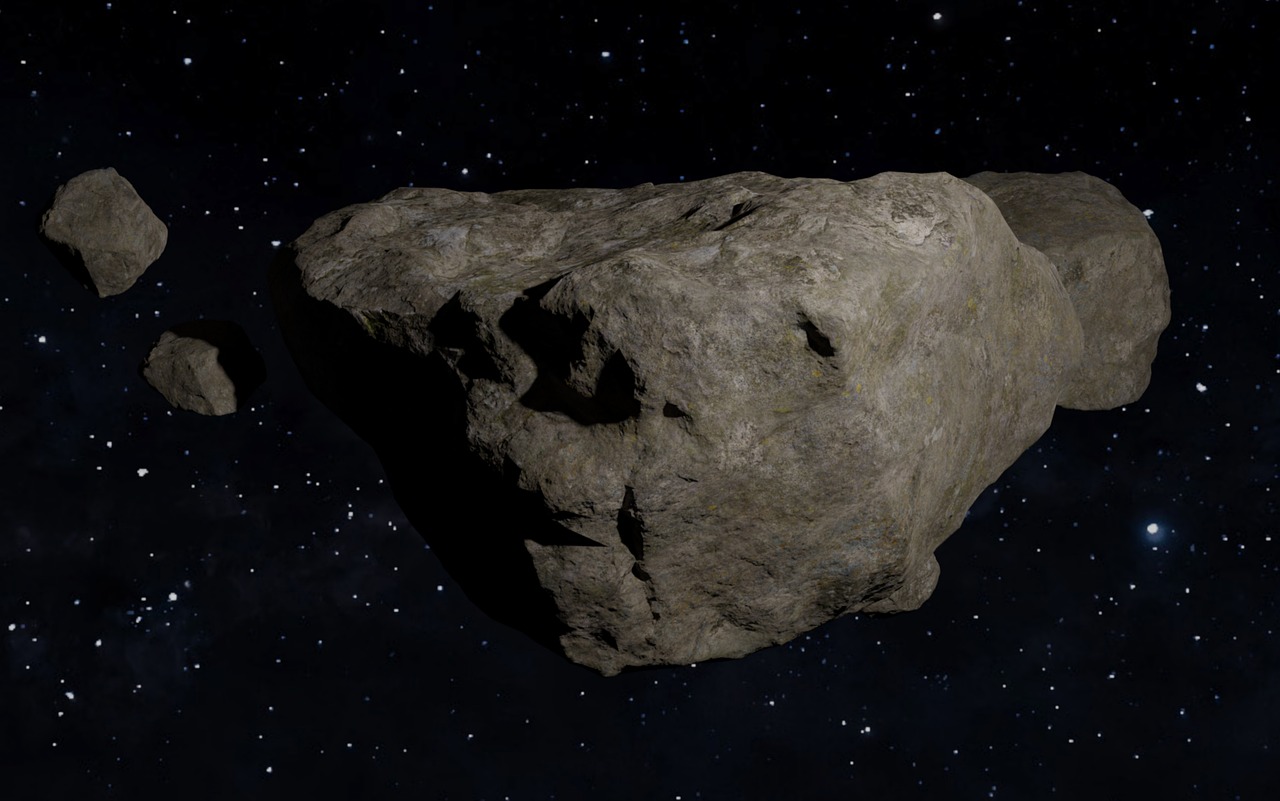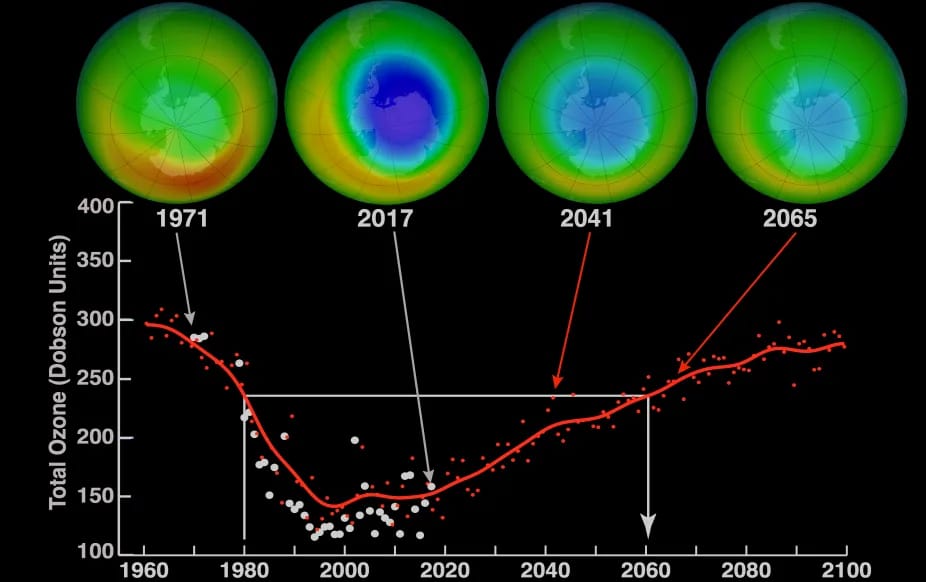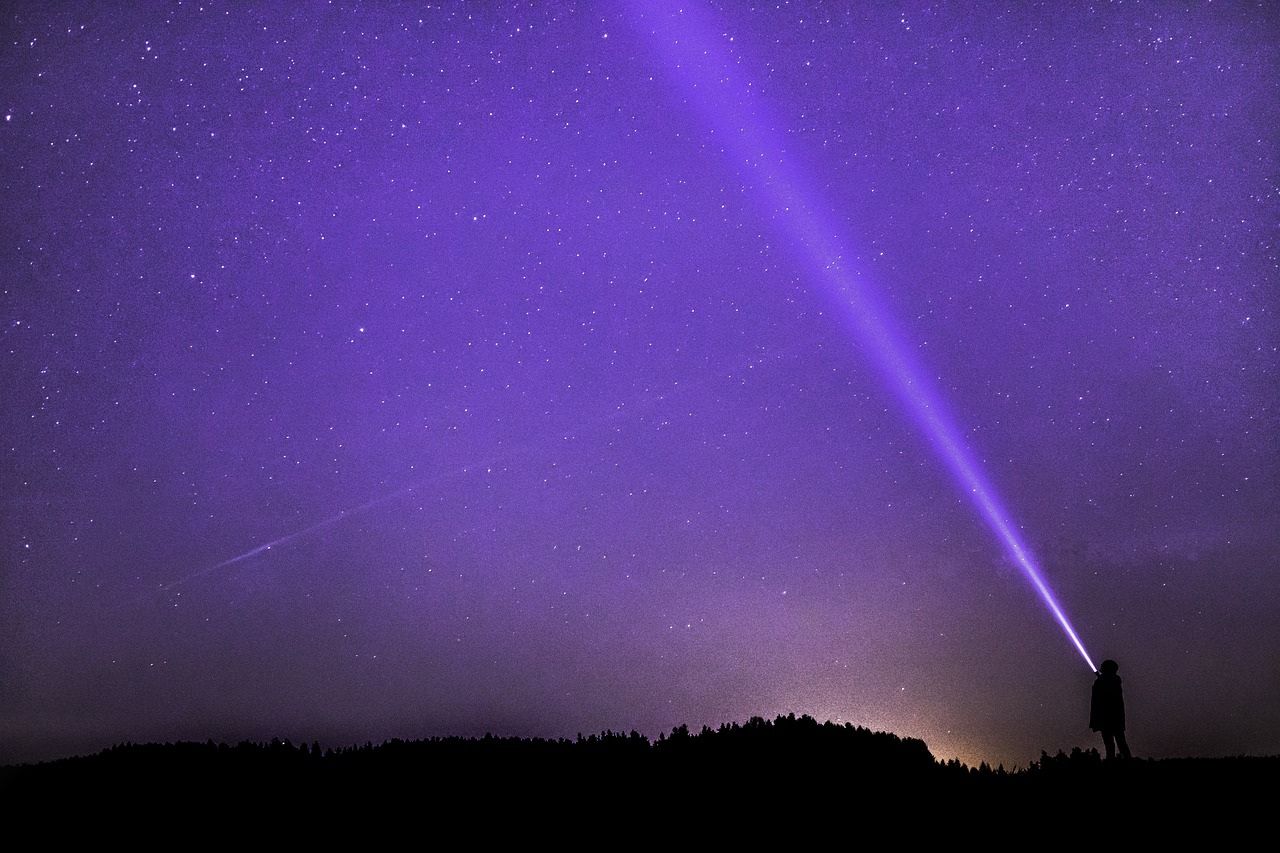Kaboom! The Approaching 2032 Asteroid

One big rock is all it takes to end a species that reigned the earth for 180 million years. We all know the story of how the dinosaurs went extinct - an asteroid, some 66 million years ago, the 10 to 15 km wide “planet killer” came hurtling down from the heavens upon the very Earth we stand on today, obliterating all that stood in its path. Back then, this didn't mean just the dinosaurs; mass extinction wasn’t picky, annihilating 75% of the Earth's living population! But as we continue to exist within the bounds of our ever-expanding universe, these big rocks continue to head our way. We haven't seen anything rivaling the sheer bulk of the “planet killer” since then - a breath of relief for us, dwellers of the earth. However, a 100-meter asteroid, 2024 YR4, is barrelling towards us as we speak.
Asteroid 2024 YR4 has been the subject of many alarming headlines. Dubbed the “city killer”, this asteroid has raised concern with its dramatically fluctuating impact probability, reaching a peak of 1 in 32 chance of collision. This 3.1% probability of impact, seemingly constituting a tiny potential, put 2024 YR4 on NASA’s list of most concerning spatial objects. The Torino Hazard Scale is another method of evaluating the risk associated with objects near earth, using an integer scale from 0–10, 0 implying no risk, while values approaching 10 display an inevitable collision. On this scale, 2024 YR4 achieved a level 3, the highest level seen since the initiation of the system in 1999 (outside of the temporary achievement of level 4 by asteroid Apophis in 2004).
To get an idea of the threat posed by this football-field-sized rock, consider this: one of the most concerning spatial objects, according to NASA, has been the asteroid Bennu, the progress of which has been tracked for over 25 years. Estimated at a length of 0.49 km and expected to approach the earth in the year 2182, it has a likelihood of 1 in 2700, or 0.037%, of striking the earth. In comparison, 2024 YR4 at 3.1% is a significantly larger number. Other meteorites of concern with dimensions similar to 2024 YR4 include 2023 TL4 with a 0.00055% chance of impact, and 2007 FT3 sitting at 0.0000096% — suffice it to say, 3.1% is a leap unlike any we’ve seen in recent times.
However, luckily for us, 2024 YR4 has not maintained this high level of danger. After the soaring expectancy level on the 19th of February, it took only a day for this prediction to recede down to a much safer 1.5%, according to the European Space Agency, and will likely recede further down. The changing values of the asteroid’s probability of impact come as a result of its changing “probability region”, i.e., where the meteorite will most likely hit. More refined calculations in its trajectory suggest that it is shifting away from the earth. While it cannot be fully determined the path this asteroid will be taking, the trend appears favourable to life on earth. A slight chance still remains of a collision with the moon, but further observation in the coming months will better answer the questions regarding the asteroid’s journey.
If, perchance, this asteroid does manage to reach us, will it spell catastrophe and devastation akin to the dinosaurs’ in 2032? The answer to this is no (thank goodness!) — not globally, at the very least. Unlike the asteroid that nearly took out all life on Earth, the dimensions of 2024 YR4 are nearly 15 times smaller. However, it could still devastate entire cities, hence its title “the city-killer.” Where it falls is a question that can still not be presently answered, and will require further observation.
If such a threat does become apparent, however, all hope is not lost. Several techniques may then be used to neutralize the threat: by use of nuclear bombs, which would not destroy the asteroid, but would potentially create a large enough force to steer the incoming object away from our home planet. Another method is the use of a “gravitational tractor”, which makes use of the fact that all objects exert gravity. By positioning a satellite or space station over the asteroid, we can make use of the gravity exerted by said satellite on the asteroid to steer it in a different direction. This is only possible due to the time difference between now and 2032 — considering that the force of gravity being exerted on the asteroid is small, a large time lapse would be required for it to be sufficiently detracted from its path. The minuscule amounts of force that such a “tractor” would exert over a long period of time could potentially allow it to fish the asteroid out of its death path.
It is an encouraging fact, the reality that humanity has progressed by such leaps and bounds so as to be well-equipped to defend themselves, not just against the disasters we face within the bounds of our planet, but even those without. If such a reality does present itself, with the potential for wide-scale destruction, humanity appears to be armed with both the knowledge and the tech to protect themselves. This is, of course, more than what the dinosaurs had — in terms of safety, in terms of progress, and most importantly, in terms of hope.
Works Cited
- Harris, William, and Ian O'Neill. “10 Ways to Stop a Killer Asteroid | HowStuffWorks.” Accessed 28 February 2025.
- Osterloff, Emily, and Donald E. Davis. “How an asteroid ended the age of the dinosaurs.” Natural History Museum. Accessed 20 & 28 February 2025.
- Strickland, Ashley. “Asteroid 2024 YR4 could hit Earth in 7 years. Here's what could happen — and what's being done about it.” WLWT, 19 February 2025. Accessed 28 February 2025.
- Waugh, Rob. “Why asteroid 2024 YR4 has reached a record level on ‘impact hazard’ scale.” Yahoo! News, 2025. Accessed 20 February 2025.
Similar Post You May Like
-

CFCs, HFCs and their long, troubled history
At its peak, the ozone hole covered an area 7 times larger than the size of Europe, around 29.9 million km2, and was rapidly expanding
-

The Origin of Universe: Deciding point where it all began!
Let us unravel and surf through the ideas throughout ages to understand what the universe and its origin itself was to its inhabitants across history.
-

The Artemis Program
Inspired by the Greek goddess of the Moon, twin sister to Apollo, the artimis program was named on 14 May 2019 by Jim Bridenstine.






